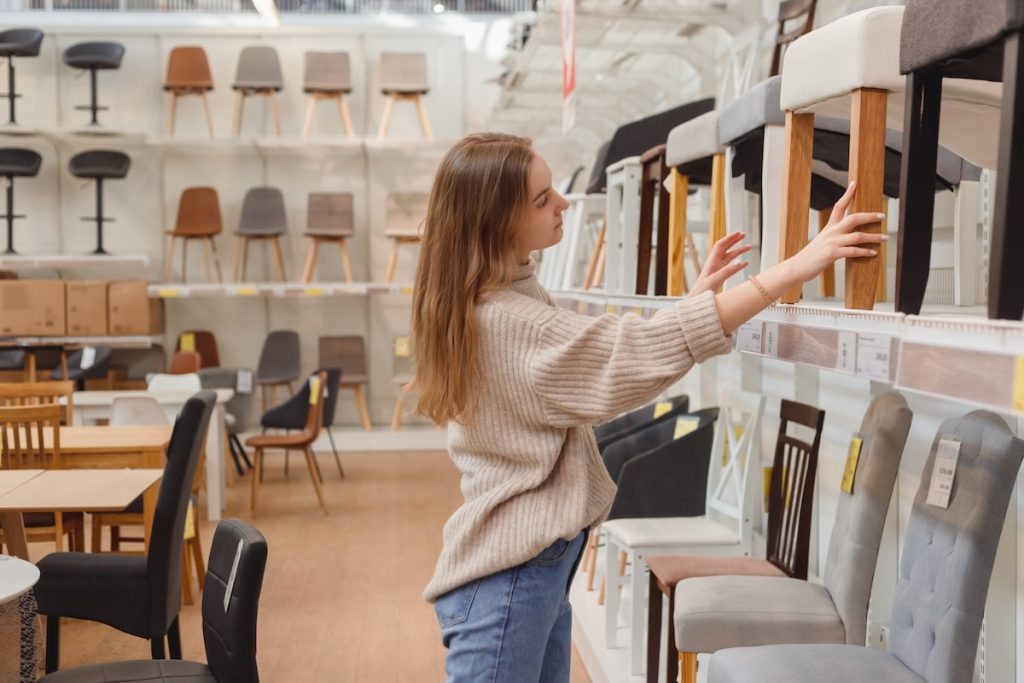Customers can shop whenever they want and from anywhere with contextual commerce, helping brands to realize their commerce to content objectives.
These are goods that, at most, you may glance at with a modicum of curiosity. They certainly wouldn’t have thought to contribute to a $250 million company, would they?
Gwyneth Paltrow’s empire Goop began as a lifestyle company before gradually transitioning to eCommerce. Her success has largely been credited to a practice known as contextual commerce.
Although contextual commerce has been around for some time, its use is just now starting to spread as more and more marketers and business owners become aware of its advantages.
In reality, many online businesses already accomplish this (inadvertently or not) by using cutting-edge techniques to improve the buying experience no matter where users are or what they are doing.
Contextual commerce becomes a big strategic advantage as part of the movement from commerce to content, as retailers are aiming to capture attention across numerous channels with content (rather than just pushing things).
I’ll go through all there is to know about contextual commerce today. Additionally, there are several tactics you can use to help you keep a step ahead of the contextual commerce competition in the upcoming years.
What is contextual commerce?
Contextual commerce is the potentially revolutionary idea that allows customers to make purchases while engaging in other activities, such as cooking, traveling, or simply browsing social media.
Simply put, it’s purchasing—in context.
It enables business owners to look much further than the confines of conventional storefronts, enabling them to effortlessly integrate purchasing possibilities into the routines of their target customers.
Contextual commerce is the future for many brands in terms of accomplishing their goals for customer-centric shopping.
The concept of personalization is elevated to a whole new level if clients may buy whenever and wherever they choose.
Additionally, there are other reasons why stores are embracing this trend.
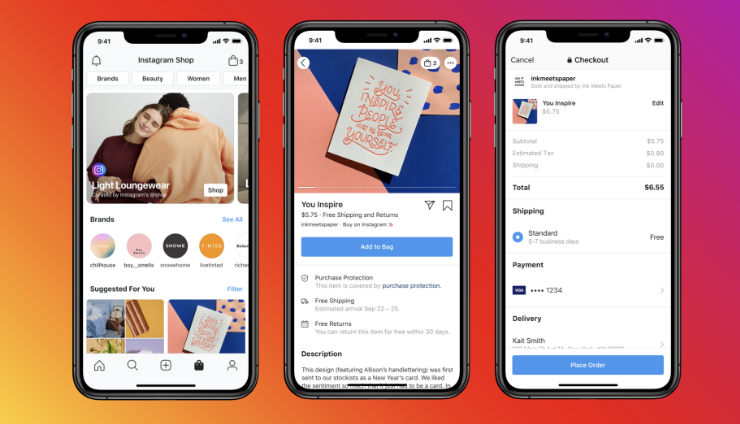
What are the benefits of contextual commerce for retailers?
Contextual commerce can help brands connect with consumers in their chosen online spaces and greatly raise brand recognition.
In a process known as “life optimization,” businesses can develop ways to effortlessly incorporate sales opportunities into the daily lives of their customers.
The end-ability user’s to access and find brands in their daily life makes shopping that much simpler for them.
Demands of the modern consumer include streamlined, efficient, and personalized services—all of which are frequently difficult to find.
Thus, contextual commerce not only revitalizes customer-centricity but also greatly helps retailers:
The obstacles to purchase are lowered by integrating purchasing possibilities into a consumer’s natural environment.
Brands may tailor the entire customer experience by incorporating purchasing opportunities into customers’ regular activities.
When customers are communicating on their chosen platforms, brands may generate leads and sales far more easily at the point when a customer discovers their goods or service.
The primary advantage of contextual commerce is that it enables customers to interact with the brand whenever, wherever, and while doing anything by removing the majority of the transactional information and triggering a seamless mobile payment.
Retailers can benefit greatly from this situation!
The lifetime value of omnichannel shoppers is 30% more than that of one-channel shoppers. Imagine how contextual commerce could advance this statistic.
How often have you thought, “I like that watch,” while watching a movie? or wear. You actually wanted the pizza the family is currently enjoying.
Contextual commerce enables you to instantly and with the fewest number of clicks feasible purchase what you see and enjoy.
It’s comparable to providing clients with a constant “Buy Now” button.
Additionally, it increases your chances of facilitating higher conversions by interacting with your customers in their natural environment. Modern consumers are sick of advertisements and get easily annoyed by difficult-to-navigate shopping sites.
If you can integrate your brand into your clients’ lifestyles in a seamless, practical, and enjoyable way, it will encourage loyalty.
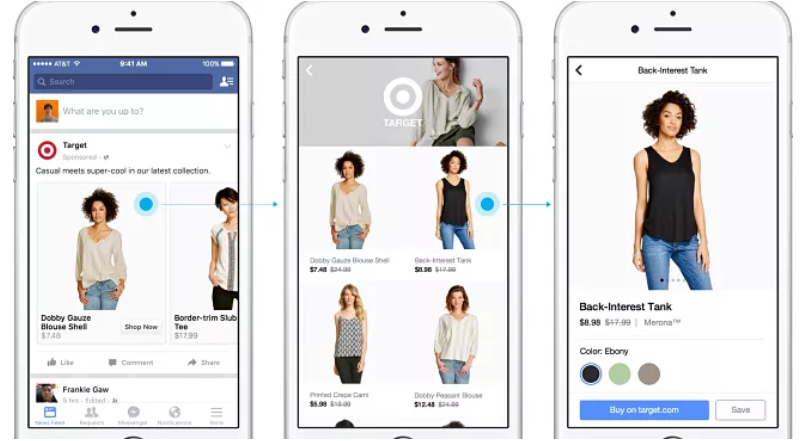
What are the examples of contextual commerce?
Have you ever placed an online order for in-store pick up using a click-and-collect feature? purchased anything with your Alexa app?
With the help of the consumer’s context, many brands are already taking part in the future of contextual commerce.
Here are some additional instances of contextual commerce that you might have already noticed:
– Placing a telephone order for pickup in-store.
– Voice ordering with a home gadget.
– Making restaurant bookings while running on a smartwatch.
– While using social media, making purchases of clothing, footwear, furniture, etc.
– Automatic ride-sharing payments
– Using Google Assistant to place a grocery order.
– Obtaining a Starbucks latte by use of a mobile app.
– Using the watch to pay for fast meals.
– Obtaining product recommendations from your smart refrigerator.
– Shopping with AR on a mobile device.
One buyer could have been the victim of all of this in a single day!
The buyer is also much less likely to reconsider any of their purchases given the immediacy of each of these encounters, which lowers the probability of digital cart abandonment noticeably.
Contextual commerce will help deliver the correct information at the right moment and guarantee that customers are left with the ideal product for them, with the reduction of returns being every retailer’s top business priority.
Having seen the size of the prospects open to brands willing to embrace contextual commerce, let’s look at the technologies enabling this quickly expanding trend.
What are the technologies behind contextual commerce?
The main goal of contextual commerce is to give customers an omnichannel experience.
Therefore, it is only effective if the customer receives the same service regardless of the channel or device they choose to purchase from.
No matter which technologies you select, make sure that the purchasing process is customized for each channel because it takes a variety of different technologies to create a seamless experience everywhere.
The top technologies to take into account when incorporating contextual commerce into your own e-commerce marketing are listed below.
A description of the critical part each of them plays in delivering an omnichannel customer experience is also provided.
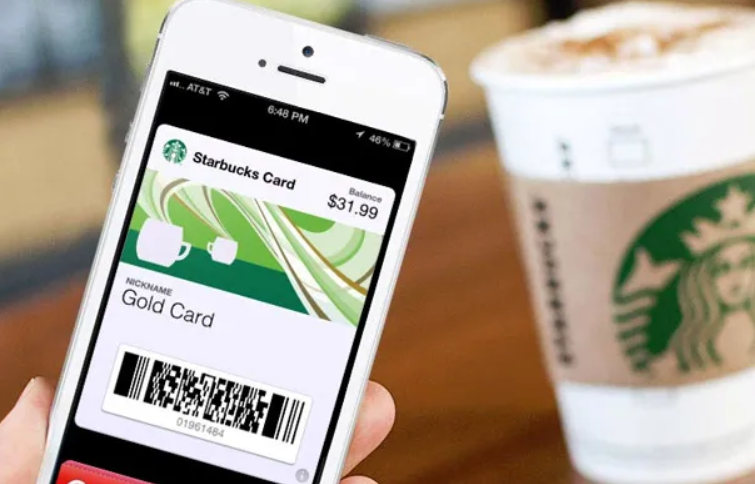
1. Internet of Things (IoT)
Our world is interconnected. The astonishing variety of devices that are already on the market will revolutionize retail in the future.
A smartphone is all your clients need to explore and make purchases whenever and wherever they like.
However, there are other other chances to combine contextual commerce with IoT as the internet becomes more interwoven with the gadgets we use every day.
These include:
– smart speakers
– smartwatches
– wearable tech
These gadgets can be utilized anywhere, unlike a fridge, which is stationary. They move with the user. Increasing the context and triggers for shopping regardless of what the customer is doing.
Any brand that uses IoT technology for contextual commerce will probably see a huge increase in sales due to the unparalleled degree of convenience.
2. Augmented Reality & Virtual Reality
At first glance, AR and VR are two technologies that appear almost strange. But given the course the world is taking, brands and businesses can no longer afford to ignore these platforms.
In the past, driverless vehicles with built-in VR experiences were the only thing that people associated with AR and VR. But things are different now.
Because customers have been purposefully avoiding physical stores since the coronavirus emerged, several immersive businesses are already experimenting with the usage of AR/VR to mimic the in-store purchasing experience and gain a competitive advantage.
They leverage this technology through the use of things such as:
– 360-degree movies shot within the store
– 3D multimedia that adds to the experience
– Holographic virtual shopping cart assistance
– Consumers “trying on” clothing by snapping a full-body selfie while facing a mirror
– Consumers experimenting with makeup by applying picture filters
– Automatically recommending products for purchase based on items seen through AR glasses.
Furniture companies setting the bar for AR-enabled smartphone apps include IKEA and Wayfair. These enable users to effortlessly overlay scale models of the furniture they have chosen over images of their living area to see how it will appear there.
You may give your consumers a more relevant experience by utilizing AR and VR in this way by utilizing picture recognition technologies.

3. Voice Assistants
The retail sector can profit greatly from voice-enabled search. In voice recognition technology, computers transform speech to text using automatic speech recognition (ASR) and natural language understanding (NLU) so they can swiftly analyze the meaning of the phrases they have recorded.
Contextual business is increasingly utilizing this technology as online commerce expands. Conversational language must be employed when promoting your items to clients for voice-enabled search to succeed.
Speed really is king.
What could be quicker and more handy than being able to say what you want and get it right away when making purchases online?
And with 24% of American adults owning a smart speaker, it’s becoming more and more obvious that businesses that can offer their clients that kind of service will dominate the industry.
4. Artificial Intelligence (AI)
Our homes, workplaces, social gathering places, etc. are filled with the numerous devices utilized in contextual commerce. We always wear them on our wrists and carry them in our wallets and purses.
They continuously gather information on user behavior, which is examined by merchants and given back to the devices to create a better tailored customer experience.
AI becomes essential for contextual commerce at this point.
It is the ability of data analytics to produce individualized consumer experiences.
Retailers can, for instance, layer in AI and predictive technologies to learn more about their customers and predict their demands for goods and services.
The right product messages are displayed to shoppers through dynamic messaging, which also uses machine learning algorithms to urge them to make purchases.
Imagine that they see the identical messaging when making in-person or mobile purchases.
The better your communication and the more customized your product messaging can be across many touchpoints, the more smoothly you can integrate your AI capabilities.

5. Natural Language Processing (NLP)
Computers are generally incapable of comprehending human communication in its natural state.
While we may use webinar software to speak to one another remotely, computers only speak in code, which consists of unending strings of ones and zeros.
Humans, on the other hand, speak in a more complex and colorful manner using sarcasm and other phrases.
The goal of NLP is to improve how computers comprehend and interpret human language. It is an AI-based solution.
In other words, it enables algorithms and robots to better comprehend the kinds of things that people typically say or write in conversation.
Contextual commerce benefits from the usage of this technology because it makes it easier to connect customer intent with the information, goods, and services that are available online.
Contextual commerce is aided by NLP in the following ways:
– Recognizing user intention
– Semantic search – Intelligent product suggestions
– Sentiment analysis
– Intelligent search capabilities
– Effective client service
An excellent application of NLP is seen here:
When conducting an internet search for goods or services, consumers can phrase their inquiries in countless different ways. Retailers, however, have few options for how to describe their goods or services on their websites.
NLP aids in understanding consumer intent so that businesses may match clients with the precise goods they seek.
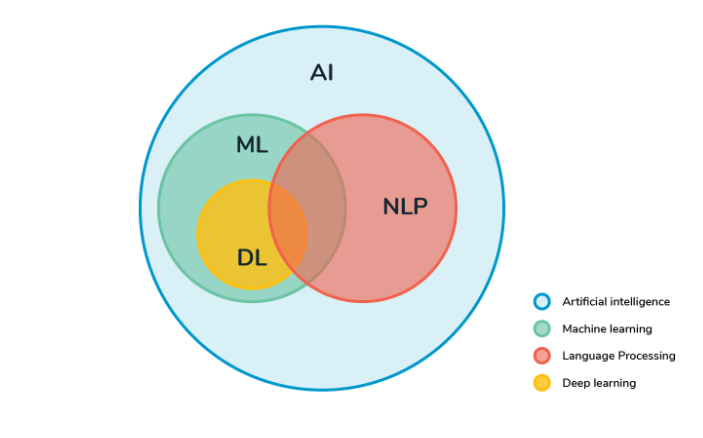
6. Machine Learning
Many businesses now realize that AI is here to stay and that they cannot ignore it any longer.
Many companies are utilizing this technology by creating autonomous learning algorithms with the following eCommerce applications using innovations based on machine learning (a subfield of AI) techniques:
There are several ways that machine learning can be useful, including:
– Product Recommendations: Features that allow for product cross- or up-selling with tailored recommendations based on the user’s context.
– Search: With hundreds of millions of products listed on websites like eBay and Amazon, an effective search algorithm is essential. Machine learning fills this gap.
– Customer Support: Robots that can respond to chats, calls, emails, etc. can be used to automate and scale the customer support process.
– Automatic Anomaly Detection: When there is a lot of data to sort through, machine learning makes it simpler to look for discrepancies.
– Dynamic Pricing: Airlines and other businesses that need to automatically alter pricing can benefit from machine learning. For example, prices may automatically increase during periods of strong demand and decrease during periods of low demand.
These are only a handful of the many uses that machine learning will have for contextual commerce in 2022 and the years to come.
Customer segmentation, churn prediction, product categorization, sentiment analysis, inventory forecast, anticipatory shipment, and a plethora of other uses are examples of other applications.
For instance, Crobox uses machine learning to enhance product recommendations and messaging.
For the purpose of serving pertinent messages in an autonomous and scalable manner, they make advantage of the customer’s context and their product interaction data.
7. 5G
Contextual commerce requires each of the technologies listed above, each of which depends on having fast connection speeds, hence 5G is essential.
Using a variety of devices, such as mobile apps, smart devices, POS devices, digital wallets, RFID, NFC, virtual reality, augmented reality, the Internet of Things, etc. it enables consumers to swiftly and simply make purchases on the go.
In the upcoming years, 5G will aid in making contextual commerce even more beneficial and practical for businesses, making it essential for retailers who want to optimize for the best possible purchasing experience.
5G is poised to change the online retail experience by meeting the modern shopper’s need for instant gratification with lightning-fast speeds that are up to 100 times faster than 4G. Conversion rates will rise as a result, increasing revenue for shops.
Don’t leave your other marketing channels behind!
Although contextual marketing is a game-changer, customers are less likely to make a contextual purchase if they are unaware of your offerings. Contextual commerce must be successfully incorporated into current channel management strategies.
For instance, a billboard advertising a new restaurant can prompt a jogger to instruct their smartwatch to make a reservation at the establishment.
In the past, the marketer would expect that the jogger would notice the advertisement, go home, and then either drive to the restaurant or make a reservation.
In other words, the advertisement sparked future behavior, necessitating the need for recall long after the advertisement had been viewed. They would also need to be so memorable that they would inspire action at a later time and place.
With contextual commerce, advertisers don’t have to worry about their ads prompting a purchase later on, but rather right now. Now that the jogger has seen the advertisement, he or she takes immediate action.
They move quickly.
Triggering the consumer to make a contextual purchase is one of the most crucial aspects of contextual marketing.
These triggers can occasionally be as clear as a timely, pertinent advertisement. However, occasionally a post on social media or an automated email from one of the top email marketing firms received in the morning sows the seed for a contextual buy in the late afternoon.

What is the role of social media in contextual commerce?
Potential customers who browse social media platforms need a chance to make a purchase. Every connection, whether it takes place online or in person, has the potential to increase sales for merchants.
Retailers specializing in contextual commerce consider the consumer’s complete day experience and anticipate his or her retail requirements and wants throughout the day rather than classifying channels as distinct entities.
Additionally, they are aware that transactions are more likely to take place if they are seamless, straightforward, and require fewer steps to be completed.
Contextual business heavily relies on social media. In March 2019, Instagram made the announcement that users would be able to buy items directly from brands or retailers via the “Checkout on Instagram” function.
20 retailers, including Adidas, Burberry, Dior, H&M, MAC Cosmetics, Michael Kors, Nike, Prada, Revolve, Uniqlo, Warby Parker, and Zara, participated in the program’s test phase.
Instagram hopes to add more brands and retailers in the coming months. Over 130 million users per month now look at Instagram product tags, up from 90 million in September 2018, according to Ashley Yuki, a product manager at Instagram, who spoke with Recode in March.
Since customers are willing to make purchases at any point during their browsing and shopping process, merchants must step up their game. Social media offers the potential to generate income beyond just attractive pictures.
After going through some growing pains over the previous few years, buy buttons on social networks have evolved, and the technology and user experience are now more sophisticated.
Retailers are coming up with ways for customers to buy goods whenever and wherever they see them and fall in love with them.
Retailers now have the chance to proactively target the customer purchasing journey upstream, even before the stores themselves do, as a result of contextual commerce, which has altered the way consumers purchase.
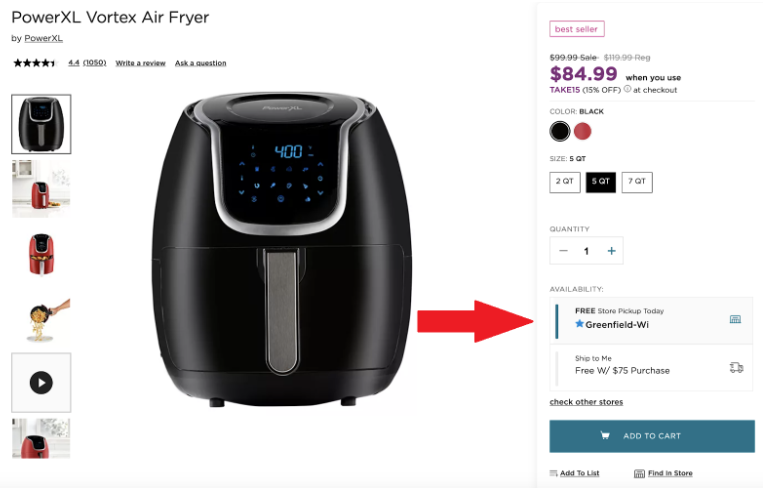
It also entails adopting cutting-edge consumer-facing technology, such as voice command and eye movement capabilities, buy buttons that let users make purchases on social networking platforms, and immersive VR and AR platforms with hot spots that enable users to buy the things displayed.
Due to its speed, simplicity, and real-time use, voice commerce technology is quickly becoming the next frontier in shopping.
According to a survey by Voicebot.ai and Voicify, approximately 25% of Americans already own a smart speaker that they can use to make purchases by voice command, even though voice commerce is still in its infancy.
When a customer gives a vocal command to Alexa, Amazon’s virtual assistant, she searches for the item and, after receiving confirmation, places the order. The same functionality can be found in other products.
Facial recognition technology is also becoming more widely used. Customers can now “smile to pay” at KFC in Hangzhou, China, using Alibaba’s Alipay’s facial recognition payment option.
Customers may now make purchases using their voice, gaze, and even smiles. Successful retail tactics let customers make non-conventional purchases.
The early adopters are already utilizing new platforms and technologies to assist customers in buying whenever and wherever they choose, making the process easy and enjoyable.
Retailers are leveraging data to personalize the customer journey, but this goes beyond merely adding the client’s name to a generic email.
Retailers who go above and beyond give ideas and product recommendations utilizing ad technology, targeted emails, and personalized marketing after using artificial intelligence (AI) and data analytics to ascertain each customer’s previous purchasing behavior.
Focusing on loyal consumers is worthwhile since, according to ad tech company Criteo, they may generate two thirds of a retailer’s profits.
Customers benefit from personalization in two ways: first, they feel that the retailer understands their needs; second, they have a better understanding of the retailer’s own values, personality, and culture; and third, they learn about the retailer’s new items and innovations.
Starbucks customizes its offers based on information obtained from various channels using a real-time customization engine. As an illustration, the shop makes advantage of in-store loyalty programme data to deliver targeted discounts and updates via its app and email. The communications are convenient and adaptable, and personalization increases revenue and average order value.
Although it can be difficult, offering a tailored experience across channels is crucial for creating a consistent and pertinent client journey. Another retailer that excels at this is Neiman Marcus.
The business’s website will keep track of the sizes that customers search for and utilize that knowledge to assist the customer in future searches.
One step further, it will establish a connection with physical stock management systems, geolocate the item, and then show which local stores have the item in stock in the appropriate size.
Consumers want to feel like retailers “understand them,” and they desire a smooth cross-channel purchasing experience. By using data to tailor the customer journey, successful merchants like Starbucks are meeting customers where they are.
They are boosting incremental engagement and raising average order value and income by utilizing ad technology, email marketing, product recommendations, and offers.
Consumer expectations have increased, and retailers must change if they want to remain competitive and expand.
Planning for and adopting contextual commerce, which enables anytime, anywhere buying and involves individualized experiences across channels, is a part of that transformation.
Retailers are looking outside the store now that customers are even making purchases on social media, and they are using customer data to tailor the experience through targeted emails, messages, and advertisements.
The early adopters are already capturing additional customers and income using new sorts of tailored shopping experiences, technology, and platforms, leading to conversions in new locations and channels.
While cultivating loyalty among millions of customers who value the convenience of contextual commerce, they are establishing themselves as innovators.

Contextual Commerce is here to stay – start now!
If Kilowott’s trajectory wasn’t enough of a warning, there are other plainly visible patterns in online shopping that demonstrate why contextual commerce is more crucial than ever.
And as you’ve seen, contextual commerce is powered by a number of significant technologies, tools, and pieces of software that you need to start keeping an eye on.
In-app transactions, shoppable social media posts, purchases made through chat apps, and many other things need to be taken into account.
The fact remains that technology has irrevocably changed the retail scene.
Now that the coronavirus has amplified everything virtual, its impact is even more significant. Retailers are reporting record online sales as a result of consumers having to reconsider their shopping habits.
Even after the worldwide pandemic insight has passed, contextual commerce is expected to keep getting more and more popular.
Determining your company’s readiness now and implementing these technologies will help you maintain a competitive edge in 2023 and the next five years.
Which of the aforementioned technologies do you want to use in your company, then? Post your ideas in the comments section below!
Kilowott empowers companies from across the retail and ecommerce sector, to offer everything from online webstores to tracking solutions that can bolster online selling of your products.
Need help? Let’s talk





